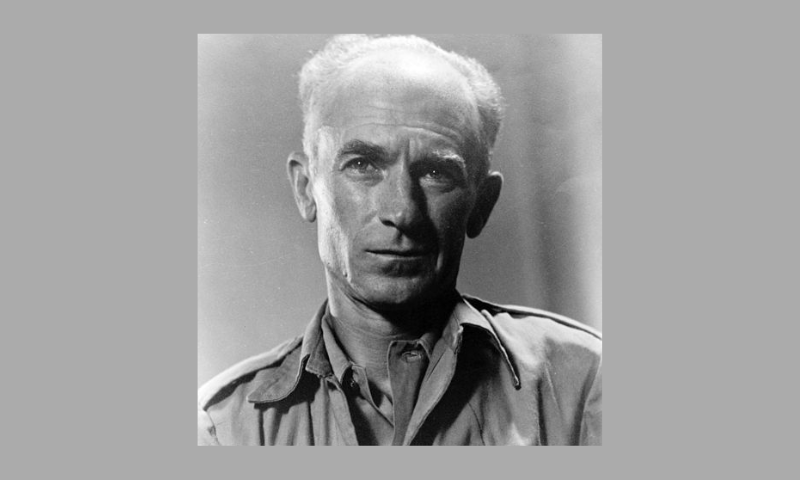‘
Ben Yagoda
WSJ, May 24, 2023
“I picked up a pocket Bible with a soldier’s name in it, and put it in my jacket. I carried it half a mile or so and then put it back down on the beach. I don’t know why I picked it up, or why I put it back down.”
GRAB A COPY: The Soldier’s Truth: Ernie Pyle and the Story of World War II, By David Chrisinger, Penguin Press
In the later stages of World War II, Ernie Pyle was tagging along with some American troops who were in the process of securing the city of Cherbourg, in Normandy. During a lull in the fighting, crouched against some buildings, the correspondent and the soldiers got to talking. Pyle, as was his custom, started taking down the men’s names—and street addresses!—so he could put them into his column, which was syndicated in 400 American newspapers and 300 more on Sundays. Only it was pouring rain. So as he squatted down to write on his knee, each soldier would have to hold Pyle’s steel helmet over his notebook to keep it from being soaked.
The scene, well described in David Chrisinger’s “The Soldier’s Truth: Ernie Pyle and the Story of World War II,” is emblematic. The connection between Pyle and the troops he covered—in North Africa, Italy, France and later in the Pacific—was so strong as to be almost symbiotic. His devotion to documenting their lives on the ground led him to repeatedly risk his life and ultimately lose it. Their admiration and appreciation for him was just as fervent: Everywhere he went, star-struck G.I.s approached him for handshakes and autographs.
But Pyle was more than a sympatico scribe. Between Mr. Chrisinger’s book and the Penguin Classics reissue of Pyle’s 1944 “Brave Men,” I’ve come to appreciate how remarkable a journalist and writer he was. Some years ago, Kevin Kerrane and I compiled an anthology of “literary journalism” called “The Art of Fact.” And now I cannot imagine how we failed to include Ernie Pyle in it. No excuses.
… [To read the full article, click here]


